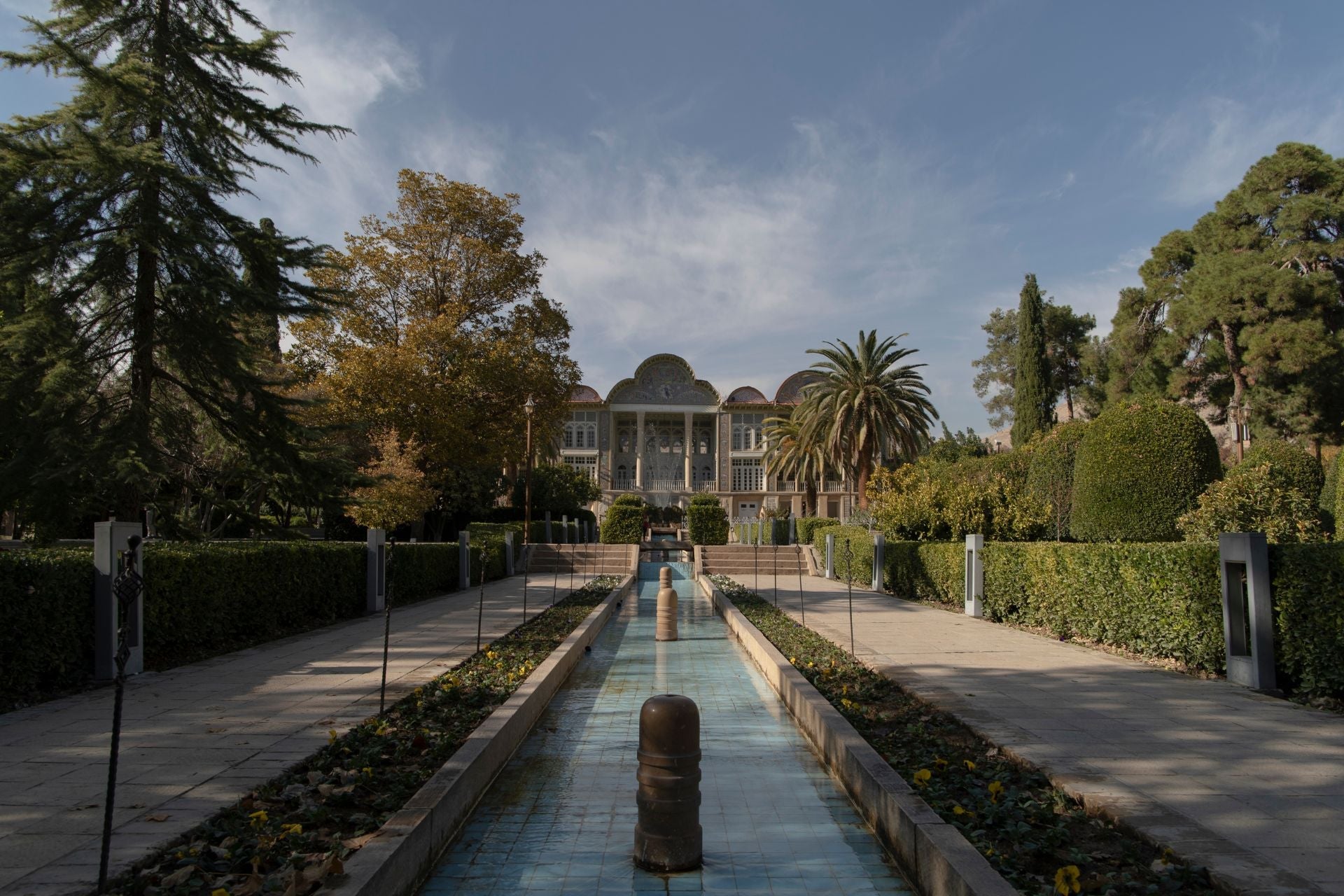General Articles
What Makes Eastern Music So Hauntingly Beautiful
Eastern music has captivated listeners across the globe for centuries with its deeply emotional tones, intricate melodies, and spiritual resonance. From the deserts of Persia to the temples of India and the highlands of Central Asia, this rich musical tradition evokes a sense of timelessness and longing that feels almost otherworldly. But what exactly gives Eastern music its haunting beauty? Let’s dive into the unique elements that shape its enchanting sound.
The Role of Modal Systems
One of the most defining aspects of Eastern music is its use of modal systems rather than the Western major and minor scales. In Persian music, the dastgah system forms the foundation, with each dastgah offering its own mood, emotional texture, and melodic potential. These modes are far more complex than Western scales, often containing microtones, notes that fall between the conventional Western half-steps.
Similarly, Arabic music uses maqamat, and Indian classical music employs ragas. These systems allow for fluid, expressive note choices that don’t exist in Western music, lending an ethereal and sometimes melancholic quality to Eastern compositions. The unfamiliarity of these tonalities to Western ears adds to their mystique, creating sounds that feel both ancient and deeply emotional.
Microtones and Emotional Depth
Microtones play a significant role in the emotional expression of Eastern music. Where Western music is confined to 12 semitones, many Eastern traditions utilize notes that fall between these intervals, allowing for an extraordinary range of emotional nuance. In Persian music, for example, the quarter tone system creates a sense of intimacy and vulnerability that cannot be achieved with standard Western notes.
These microtonal intervals often produce what listeners describe as a “bending” or “yearning” quality. This subtle shift in pitch can evoke longing, sorrow, or introspection, emotions that resonate on a profound level with listeners, even those unfamiliar with the cultural context.
Improvisation as Storytelling
Improvisation is a key element in many forms of Eastern music. Rather than strictly following sheet music, performers are encouraged to embark on a musical journey, weaving in personal interpretation and emotional expression. In Persian classical music, this improvisational art is known as avaz, where a musician builds upon the modal framework of a dastgah to craft an expressive, often meditative performance.
This tradition of improvisation turns each performance into a unique story. The artist becomes a storyteller, and the music becomes a living, breathing expression of emotion. This spontaneity and personal connection contribute greatly to the music’s haunting effect.
Traditional Instruments and Their Unique Timbres
Another key factor in the beauty of Eastern music lies in the instruments themselves. These traditional tools of sound are crafted to resonate deeply with the human spirit. Each one has a unique voice, steeped in centuries of cultural and spiritual tradition.
The tar, a Persian long-necked string instrument, produces a rich, warm tone that can shift from soft whispers to powerful expressions of emotion. The santur, a type of hammered dulcimer, delivers shimmering, dream-like sounds that fill the space with a mystical ambiance. The ney, a reed flute used across the Middle East, has a breathy, almost human quality that evokes a deep sense of longing and reflection.
The kamancheh, a bowed string instrument, and the oud, a fretless lute, also contribute their distinctive timbres to the soundscape. Together, these instruments create a sonic palette that feels timeless, transporting the listener to ancient landscapes and emotional depths.
Rhythm and Flow: A Meditative Experience
Unlike Western music, which often emphasizes strong, regular beats, Eastern music tends to focus more on fluid rhythm and nuanced timing. The rhythmic cycles in Indian and Middle Eastern music are often complex and asymmetrical, allowing for a more organic and meditative listening experience.
This flowing sense of time encourages introspection and emotional immersion. Rather than following a predictable pattern, the rhythm evolves with the emotion of the piece. This approach helps create the haunting, almost trance-like atmosphere that Eastern music is known for.
Cultural and Spiritual Foundations
The haunting beauty of Eastern music is also deeply rooted in its cultural and spiritual foundations. Much of the music was originally intended for use in religious or meditative settings. In Persian Sufism, for instance, music is used as a way to connect with the divine, elevate the soul, and express the inexpressible.
Even outside of explicitly spiritual settings, Eastern music often carries philosophical undertones. It reflects themes of impermanence, inner longing, and the search for meaning, all of which are universally human concerns. This deeper layer of intention and reflection adds to the music’s emotional gravity.
Interplay Between Silence and Sound
Another subtle but powerful element in Eastern music is the use of silence and space. Pauses are not simply empty gaps; they are integral to the emotional and structural fabric of the piece. These quiet moments invite the listener to reflect, breathe, and absorb the feeling behind the notes.
This delicate interplay between silence and sound contributes to the overall haunting quality of the music. It creates a sense of anticipation and emotional weight, allowing each note to resonate fully in the mind and heart.
Why It Resonates Globally
While rooted in specific cultural traditions, Eastern music transcends language and geography. Its emotional directness and expressive range make it universally relatable. Whether one understands the lyrics or not, the feelings conveyed through tone, rhythm, and improvisation can be deeply moving.
In an increasingly globalized world, many musicians are blending Eastern and Western elements to create fusion genres that appeal to diverse audiences. This cultural exchange not only introduces more people to the beauty of Eastern music but also keeps the tradition evolving and relevant.
Eastern Music in Modern Contexts
Today, Eastern music continues to thrive, not only within traditional circles but also in modern settings. Film scores, electronic music, and even jazz compositions often incorporate Eastern modes and instruments to add emotional depth and exotic texture.
Music educators and enthusiasts alike are increasingly exploring these traditions, leading to a resurgence of interest in instruments like the tar, santur, and ney. Workshops, online lessons, and music festivals are helping to keep these sounds alive for new generations.
Final Words
Eastern music’s haunting beauty lies in its intricate scales, emotional microtones, spiritual foundations, and deeply expressive instruments. It is a form of art that reaches into the soul, telling stories that transcend words. Whether experienced live or recorded, it has the power to transport, heal, and inspire.
If you’re interested in discovering the timeless sound of Persian and Eastern instruments, visit Rhythm Music Shop, serving Markham, Richmond Hill, North York, Scarborough, and the rest of the GTA. Let the music take you on a journey.

